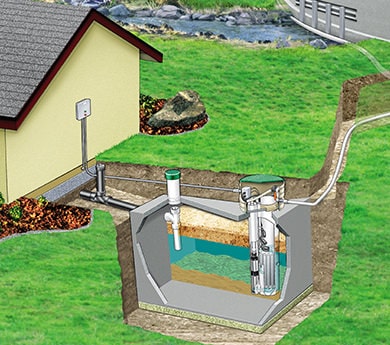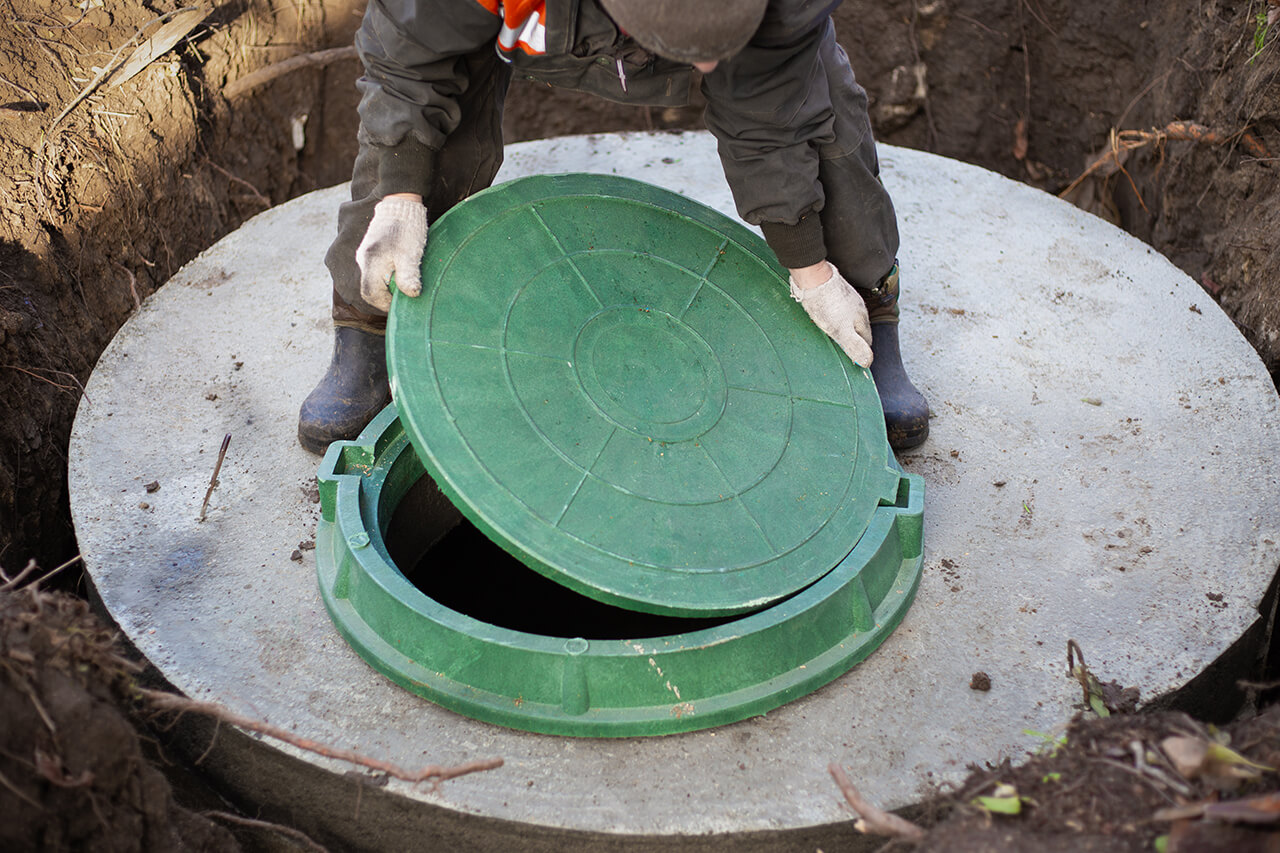Rural areas might be unable to access municipal sewage systems. This means that private water treatment facilities are required to treat your waste. There are many home septic tank options that accomplish the same task: Remove the waste from your home and remove harmful substances. Then, you can discharge clean water into surroundings waters. The cost of septic tanks is dependent on their capacity and size. Larger models can handle more chores in the day as they generate less liquid every day.
What Is The Cost To Set Up A Septic System?
The traditional septic tank, which is no longer used and is a dated system. The US can spend anywhere between $2,500 and $5K to purchase the septic tank without thinking about permits and the expense of piped drain fields. If cost isn't an issue, you might be interested in anaerobic or aerobic types of septic systems. These modern machines are known as "septic systems" and are able to be purchased. While they can be costly but they're durable and will last many years. They also require minimal maintenance as there is no need to maintain them with water every couple of decades.
Aerobic systems need oxygen, which accelerates the decomposition process and produces much cleaner water than their equivalents. In fact, this wastewater is treated in such a way that it is possible to make use of it to water your garden (provided there's no alternative source available). Anaerobic foods also require less space than traditional systems and has a smaller leach field area. But, this could result in a more expensive cost of about 13000 USD per 1,000 Gallons of water that is treated in tanks each year. Have a look at the top how does a septic system work for examples.

How Much Will An Septic Tank Tank Cost?
The most cost-effective and lightweight option is polyethylene or plastic septic tanks. The average price of 1,000-gallon tanks can be as low as 1150 dollars. However, leakage can be a concern in some states. They've been banned in the US since cracked tanks can lead to expensive repairs. The tried and true concrete septic tank is a durable workhorse that can endure for decades before needing replacement. They are also acknowledged to crack, but the cracks tend not to be very severe if they occur at all. It's important to note that this kind of tank isn't without its disadvantages, such as a an initial price that is higher - around twelve hundred dollars per thousand gallon in normal conditions. Fiberglass tanks are an attractive alternative for homeowners who want to save money, but they are easy to install. It's much more straightforward than installing concrete or plastic tanks in limited space. The tanks made of fiberglass also have a lower chance of cracking than other choices. This means that less weight to be imposed on your home, which results in better quality construction.
What Does All This Mean?
Knowing the elements that influence your septic tank's cost is a difficult process. One important step in this decision is knowing what options are available for installation and how much they'll cost you, but fortunately, experts at NexGen Septics have done all of the legwork needed to make the process easy! We provide detailed information on everything, including soil preparation permits as well as maintenance costs. This is a crucial factor in determining the final price of new systems. Have a look at the top how does septic field work for more.

Types Of Septic Systems
It's not easy to select the best septic pump for your needs. The kind of system you select will have an impact on the cost and the treatment method. It will also determine the size of your property's space to accommodate it. The two most widely used types are:
1.) Anaerobic Septic System
One of the most appealing aspects about an septic system is the fact that it does not require electricity to work. Anaerobic bacteria are what these systems employ to digest and remove contaminants from your water supply. Once they've used up all nutrients, they then eliminate them from other sources such as the plumbing fixtures in your home or even human excrement. They are simple to install, and range from $2k to $5k, based on the features you choose. Installation is straightforward and anyone with experience in home repairs will be able to do it.
2.) Aerobic Septic System
Aerobic septic systems work by using aerobic bacteria to dissolve waste within the septic tank. The effluent is then combined with a timer and motor to make it more efficient. They will not permit the water to run into your lawn or crop, as anaerobic tanks can. These toilets can cost anywhere from between $13k and $26k per year and are less than half of the cost needed by traditional pit toilets.
Septic Tank Types
There are three kinds of concrete: gravel, concrete and plastic. In addition, the selection includes fiberglass-based ones; this material is lightweight but durable for long-lasting use in extreme conditions such as those found in farms, where it can become muddy or wet due to irrigation systems that move water around. Concrete is another option due to its heavyweight, which ensures stability and doesn't tip your home over when it's flooded by rainwater. We also discovered these lightweight, but sturdy, polyester bags that you can easily find in any store these days. They're especially helpful if your home is near an urban area as the urbanization process is bringing us closer to each other than ever before. Check out the best how a septic system works for recommendations.

Plastic Septic Tanks
Although septic tanks can be the best solution for controlling your waste, they're not guarantee to last for long. Polyethylene is the tiniest and least expensive kind of septic tank that available. However, they're also likely going break or break at some point though! The quality of the plastic has been improved to make them more robust. But, these toilets can be restricted in certain regions, like California. The price range for 1000-gallon models differs based on where exactly you plan to put them in.
Fiberglass Septic Tanks
Septic tanks made of fiberglass weigh less than the other types and are much easier to set up. They don't shrink or expand, which makes them resistant to fractures. The cost of fiberglass varies based on their size. They typically cost between $1600 and 2000 for 1000 gallon tanks. There is also a 1 500 gallon capacity option where the price jumps up by 50 percent to 100%.
Concrete Septic Tanks
Concrete septic tanks can last up to 30 years, if properly constructed. The cost of 1,000 gallons is $1200 and the 1500 gallon model will cost around $1800. Concrete tanks last a period of about 15 to 20 years but they can last longer depending upon the level of maintenance.